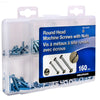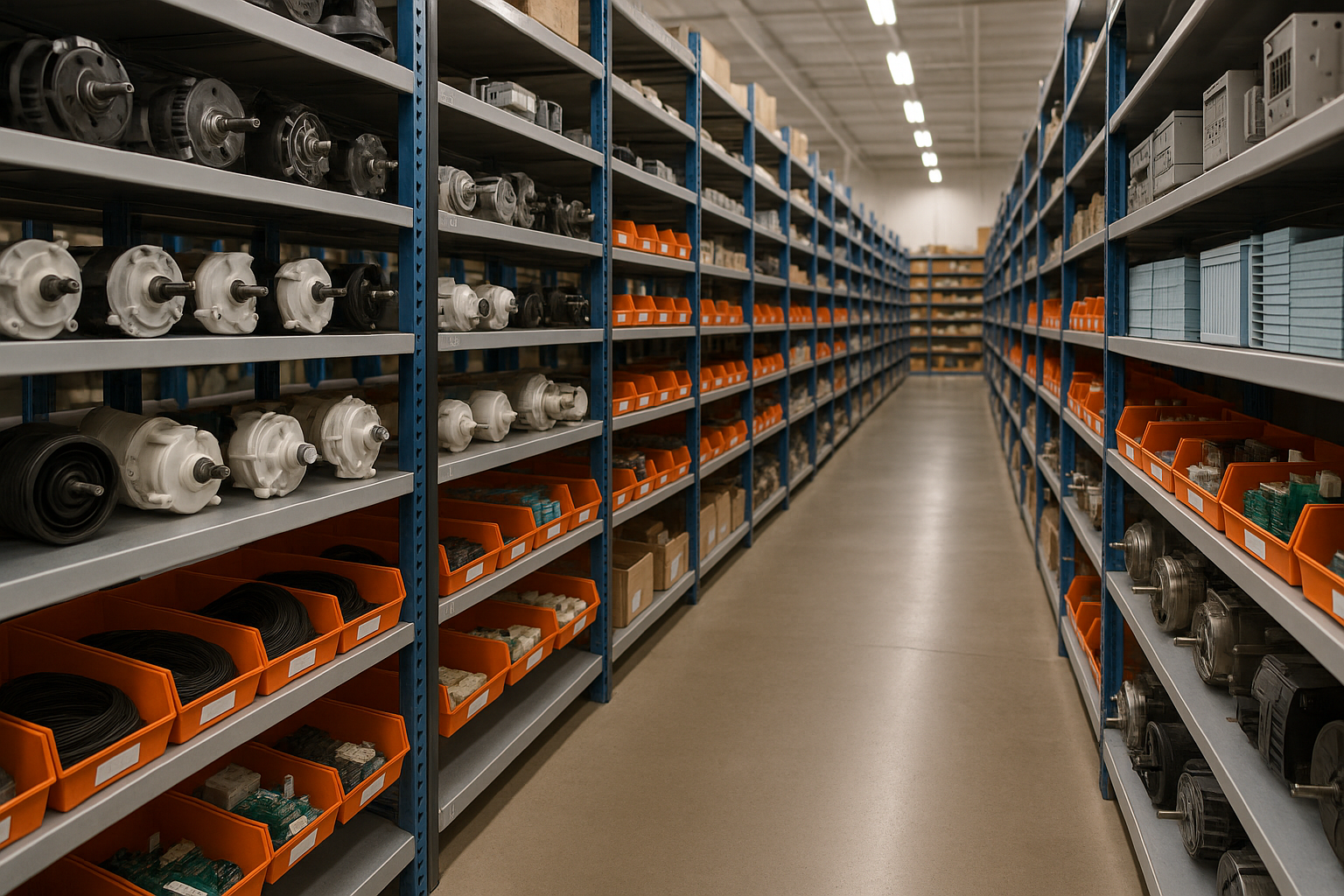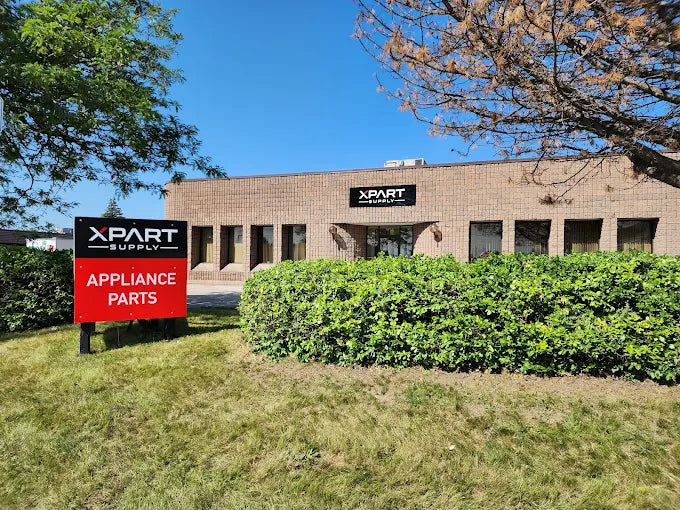The high loop is mandatory, not optional. The #1 installation mistake with drain hoses is failing to create a proper high loop. The drain hose MUST rise to within 2 inches of the countertop underside before descending to the drain connection. Without this high loop, dirty water from the sink can siphon back into the dishwasher, causing contamination, foul odors, and poor cleaning results. Some jurisdictions require an air gap device instead of a high loop—check local plumbing codes. Never install a drain hose without proper backflow prevention.
Check for clogs before replacing the hose. Many "failed" drain hoses are actually just clogged with food particles, grease, or mineral deposits. Before ordering a replacement hose, disconnect the old hose and flush it with hot water from a garden hose or faucet. If water flows freely through the hose, it's not clogged and may not need replacement—the problem may be a clogged pump, filter, or drain connection. An estimated 40% of drain hose replacements are unnecessary because the actual problem is elsewhere.
Inspect and clean the drain pump and filter. If your drain hose failed or became clogged, the drain pump and filter are likely also clogged with food debris. While you have the drain hose disconnected, remove and clean the dishwasher filter (located in the tub floor). Inspect the drain pump for clogs or damage. A clean pump and filter prevent future hose clogs and ensure optimal drainage with your new hose. Many drainage problems are caused by clogged filters, not bad hoses.
Use proper hose clamps and positioning. Cheap or improperly positioned hose clamps are a common cause of drain leaks. Use stainless steel worm-drive clamps (screw-type) or heavy-duty spring clamps rated for dishwasher use. Position clamps 1/4 to 1/2 inch from the hose end, not right at the edge. Tighten clamps firmly but not excessively—overtightening can cut into the hose and cause leaks. A properly clamped connection won't leak even under full pump pressure.
Avoid kinks and sharp bends. Drain hoses are flexible but not indestructible. Sharp bends (less than 90 degrees) or kinks restrict water flow, cause slow drainage, and put excessive stress on the hose material leading to cracks and leaks. When routing the new hose, use gradual curves and avoid tight bends. If the hose must make a sharp turn, use a drain hose elbow fitting to prevent kinking. Proper routing extends hose life from 5 years to 10+ years.
Check garbage disposal knockout plug. If your dishwasher drain hose connects to a garbage disposal, verify the knockout plug inside the disposal inlet has been removed. New garbage disposals come with a plastic knockout plug that must be punched out before connecting the dishwasher drain hose. If the plug is still in place, the dishwasher won't drain and you'll get standing water and error codes. Use a screwdriver and hammer to knock out the plug from inside the disposal inlet before connecting the drain hose.
Prevent future clogs with proper dishwasher use. Drain hose clogs are usually caused by food particles that should have been removed before loading dishes. Always scrape large food debris off dishes before loading (but don't pre-rinse—modern dishwashers need some food residue for detergent to work properly). Clean the dishwasher filter monthly to prevent debris from reaching the drain hose. Run hot water at the sink before starting the dishwasher to ensure hot water enters the tub immediately, improving detergent performance and reducing food buildup.
- Water leaks under dishwasher during drain cycle
- Water backs up into dishwasher tub from sink
- Dishwasher doesn't drain completely (standing water remains)
- Slow drainage during and after cycles
- Dishwasher displays drain error codes
- Water on floor around dishwasher base
- Visible cracks, holes, or splits in drain hose
- Drain hose kinked or collapsed
- Drain hose clogged with food particles or debris
- Water drains into dishwasher when sink is used
- Foul odor from dishwasher (due to backflow from drain)
- Dishwasher stops mid-cycle due to drainage issues
- Gurgling sounds during drain cycle
- Drain hose deteriorated, brittle, or hardened from age
- Hose connections loose or damaged
Whirlpool refrigerator replacement parts, Frigidaire refrigerator replacement parts, GE refrigerator replacement parts, Kenmore refrigerator replacement parts, KitchenAid refrigerator replacement parts, LG refrigerator replacement parts, Maytag refrigerator replacement parts, Whirlpool refrigerator drawers and glides replacement, Whirlpool dishwasher replacement parts, GE dishwasher replacement parts, KitchenAid dishwasher replacement parts, Maytag dishwasher replacement parts, Frigidaire dishwasher replacement parts, Kenmore dishwasher replacement parts, Whirlpool washer replacement parts, GE washer replacement parts, Maytag washer replacement parts, Kenmore washer replacement parts, LG washer replacement parts, Whirlpool dryer replacement parts, GE dryer replacement parts, Maytag dryer replacement parts, Kenmore dryer replacement parts, LG dryer replacement parts, Whirlpool range replacement parts, GE range replacement parts, Whirlpool stove replacement parts, GE stove replacement parts, GE oven replacement parts, GE microwave replacement parts, buy Whirlpool refrigerator parts online, buy GE dishwasher parts online, replacement Kenmore washer parts for sale, buy Maytag dryer parts, LG washer replacement parts online, KitchenAid refrigerator parts for sale, Whirlpool stove and range replacement parts

































